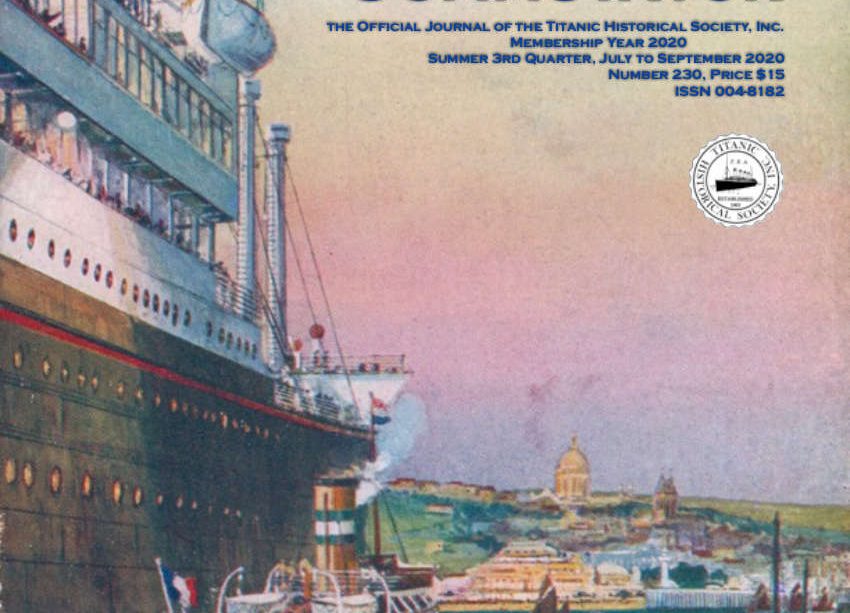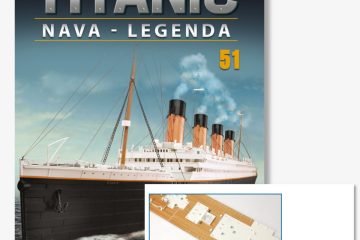The Titanic: A Study of Its Legacy and Impact

Introduction
The RMS Titanic, which famously sank on its maiden voyage in 1912, remains a significant part of maritime history. Its tragic fate not only captivated the world at the time but also ushered in sweeping changes to safety regulations at sea. Understanding the Titanic’s impact is crucial for comprehending the evolution of maritime practices and the lessons learned from this disaster.
Main Body
The Titanic set sail from Southampton on April 10, 1912, en route to New York City, carrying over 2,200 passengers and crew. This grand vessel was the largest and most luxurious at the time, famously touted as “unsinkable.” However, on April 15, after striking an iceberg, the Titanic was lost, resulting in the deaths of more than 1,500 individuals, making it one of the deadliest maritime disasters in history.
This tragedy prompted a global outcry and led to significant changes in maritime laws. The International Convention for the Safety of Life at Sea (SOLAS) was established in 1914, representing a major overhaul of safety regulations. Key provisions included requiring ships to carry lifeboats for all passengers and mandating the establishment of an international ice patrol to monitor iceberg dangers in the North Atlantic.
In addition to regulatory changes, the disaster has inspired countless adaptations in literature, film, and education. The 1997 film “Titanic,” directed by James Cameron, reignited public interest in the ship’s story, bringing the legend to new generations and contributing to the ship’s portrayal as emblematic of hubris and tragic loss.
Legacy and Memorials
Today, the legacy of the Titanic is preserved through numerous memorials and exhibitions around the world. The Titanic Belfast, located in Northern Ireland, serves not only as a visitor attraction but also as an educational center where visitors can learn about the ship’s construction, its fateful journey, and the people aboard. Furthermore, numerous artifacts retrieved from the ocean floor highlight efforts to explore and commemorate this iconic vessel.
Conclusion
The story of the Titanic is a poignant reminder of the human spirit’s resilience, the advancements in maritime safety, and the importance of respecting nature’s power. As we reflect on the tragic events of April 15, 1912, it’s clear that the Titanic’s legacy will continue to influence maritime safety standards, immortalize the lives lost, and educate future generations about the complexities of ambition in the face of nature.









